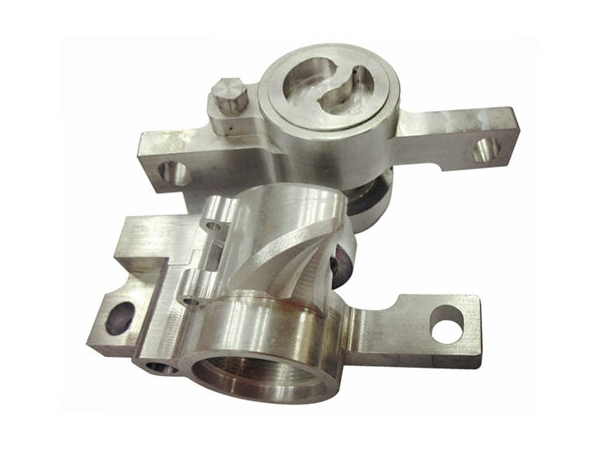1) The molten metal enters the mold cavity at high pressure and high speed, causing severe conflict and charge on the surface of the mold cavity, causing corrosion and wear on the surface of the mold.
2) The molten metal is not brought into the slag during the pouring process. The molten slag has a complicated chemical action on the surface of the formed part. The compound of aluminum and iron is the same as the sharp point, which accelerates the formation and development of the crack of the die-casting mold.
3) Thermal stress is the main reason for the crack on the surface of the mold-formed part. In the process of making each die-casting part, the surface of the formed part is removed by the high-speed and high-pressure scouring of the molten metal, and the heat released from the metal during the solidification process is also present. , a heat exchange occurred. Due to the heat conduction of the mold material, the temperature of the surface layer of the molded part rises sharply, and a large temperature difference occurs inside the molded part, so that internal stress occurs. When the molten metal fills the cavity, the surface of the cavity first reaches the high temperature and expands, while the inner mold temperature is low, and the relative expansion amount is small, so that the surface layer is subjected to compressive stress. After the mold is opened, the surface of the cavity is in contact with the air, and the tensile stress is generated by the contraction of the air and the chilling of the paint. This alternating stress increases with the continuation of the production. When the fatigue limit of the mold material is exceeded, the surface layer of the mold is plastically deformed to cause cracking.

The selection principle of the working temperature of the die-casting mold:
1) The mold temperature is insufficient, the internal structure of the casting is loose, the air is troublesome, and it is difficult to form.
2) The mold temperature is too high, the internal structure of the casting is dense, but the casting is easy to be "welded" attached to the cavity, and the die is molded.
It is not easy to unload the casting, and too high temperature will cause the mold body to expand itself, affecting the dimensional accuracy of the casting.
3) The mold temperature should be selected within the appropriate boundary, usually after the test is appropriate, the temperature control is good.
The above content will be introduced here first. If you have any other questions, please contact us directly, we will be happy to serve you.

